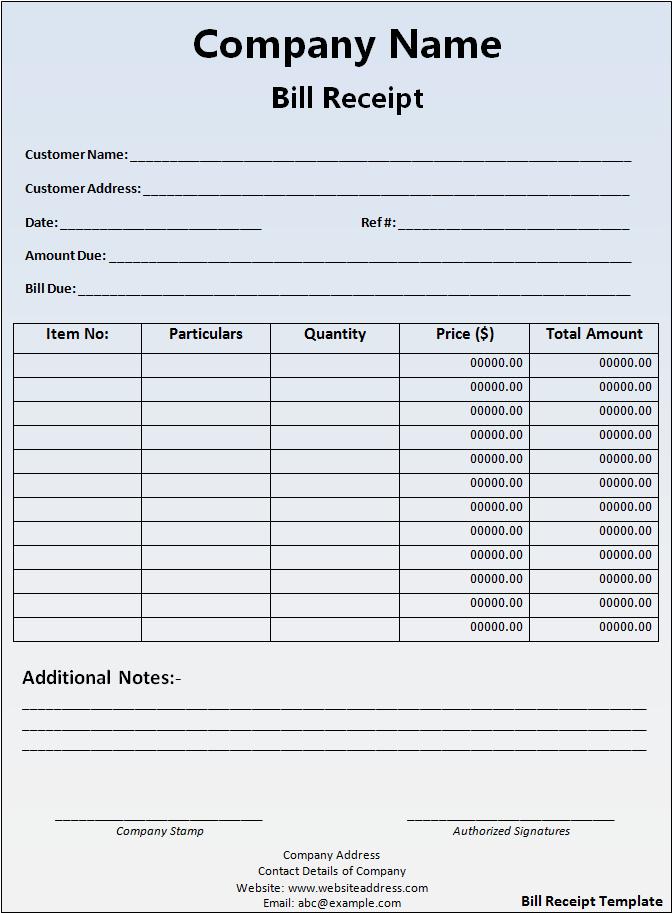


There is no right or wrong way, but whichever path you choose should be the result of conscious consideration of options. If you prefer that look and think I’m arguing for the equivalent of reintroducing “thee,” “thy,” and “doth” into modern English, by all means, use any design strategy that pleases you. Regardless of its basis in economics, an argument can be made that half-inch margins are part of contemporary visual language. Book Design: Your Mileage May Varyīefore I offer solutions, let me concede that many people have gotten used to the “trade book aesthetic.” Classic layout appeals to some while appearing outdated and obsolete to others. They miss an easy chance to exceed industry standards and release books that are better looking than those offered by the trade.

Small publishers are not restricted by efficiency requirements. So what if your book is 25 pages longer? On a one-book-at-a-time basis, the difference in cost is negligible. The tragedy is compounded by POD (print on demand) and short run publishers who blindly imitate the design aesthetic of trade books, imagining that the similarity between their books and mass-market books will inspire confidence in readers. Reading a properly typeset page is a joy-not a job. As I’ve gotten older and made it a habit to always tuck a pair of reading glasses into my shirt collar, I’ve become less forgiving of “efficient” book design. Readers aren’t complaining and publishers are wise to save the money.īut I have picked up so many books and thought That type is so dense! This looks like a chore to read. But when you’re printing and shipping 30,000 books, small type, tight leading (called “leading” because line spacing was once adjusted by inserting lead shims between rows of metal type), and narrow page margins save significant ink, paper, and shipping cost. Pick up a book in an antique store and you won’t find half-inch margins. Big publishers have sacrificed it to the gods of efficiency. Getting off the soapbox and onto the topic at hand, the subject of this article is page layout. Book Design: Trade Books Suck (Don’t Imitate Them) Design is the same way without roots it has no soul. You can’t just pick up a guitar and play the blues you have to listen to modern day bluesmen and work your way back to Robert Johnston. Over the years, I’ve infected a handful of students with my love of design history and seen them win portfolio awards on graduation day. I started with the present, worked my way back through cave paintings in France, and found myself on an inspiring journey that changed the way I worked and taught. This was one of the best favors anyone has ever done for me. “You’re teaching History of Graphic Design next quarter-and you’d better know your shit.” The Graphic Design department chair looked me in the eye one day. I was all about Beziér curves, vector graphics, and the clone tool. My students were talking about Constructivism and the Bauhaus School and Pushpin Studios. I remember learning Pagemaker and stumbling over concepts like “leading.” Why not just call it line spacing? I learned about publishing technology and worked in the field, but it wasn’t until I started teaching college design classes (jobs I got because I knew the software) that I encountered the history of design and its value. This article looks at a piece of design history-page layout-and places that history in a practical contemporary context. Much of the old wisdom got left behind-paved over by the pixel. Phototypesetting arrived in the 1960s and by the late 1980s, digital publishing transferred the job to a new generation of young, digital artists. Typesetting was once performed by trained craftsmen who apprenticed to masters before inking their own plates. Book design has changed since publishing became a gigantic industry.


 0 kommentar(er)
0 kommentar(er)
